Complete Solutions to Single correct of chapter ORGANIC REACTION MECHANISM of Class 11 book with complete answers and questions
| Class 11 | CHEMISTRY |
| Chapter | ORGANIC REACTION MECHANISM |
| CENGAGE CHEMISTRY | Single correct |
| Number Of Questions | 43 |
| Academic Year | 2023-24 |
The major product in the reaction is :
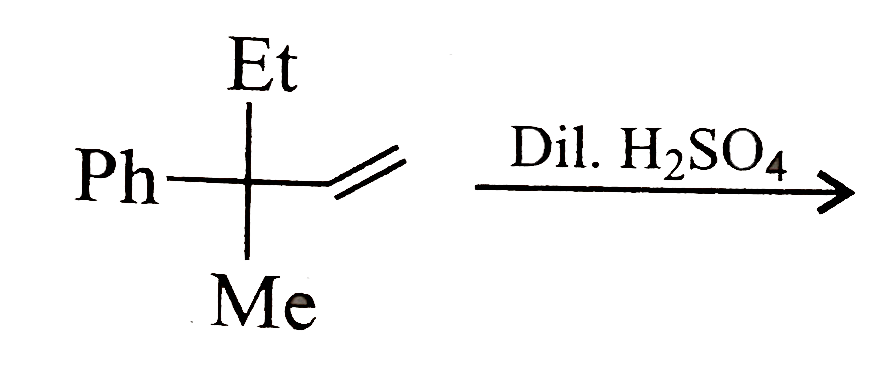 01:13View Solution
01:13View Solution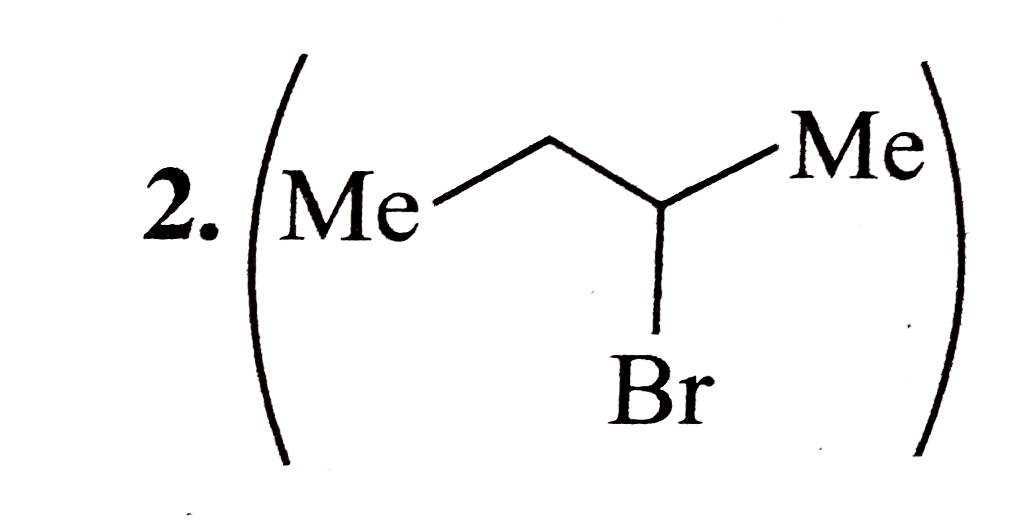 (sec-Butyl bromide) undergoes alkaline hydrolysis by :02:08View Solution
(sec-Butyl bromide) undergoes alkaline hydrolysis by :02:08View SolutionWhich of the following is the strongest nucleophile ?
02:08View SolutionRearrangement reactions are shown by :
00:58View SolutionEqual amount of an `RCl(C_4 H_9Cl)` is reacted at the same temperature with equal volume of `0.2 M` and `0.4 M` solution of `KOH`, respectively, in two separate experiments. The time taken for the reaction of `50 %` of `(C_4 H_9 Cl)` was found to be same, the alkyl halide is :
01:31View SolutionWhich of the following statements is correct about the following reactions ?
 .03:14View Solution
.03:14View Solution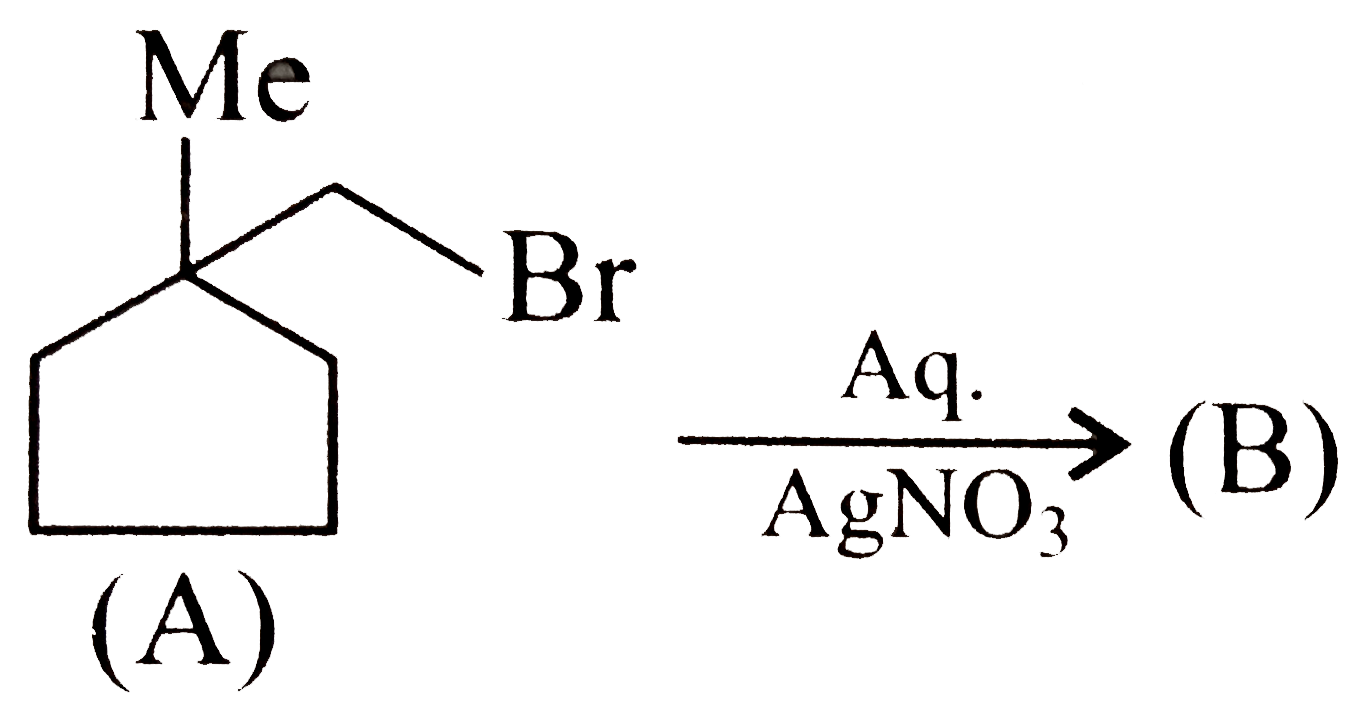
Which statement is correct about the above reaction ?03:19View SolutionIn `SN^2`, solvolysis `RX` in which the solvent is a nucleophile, what is the order and molecularity of the reaction ?
02:02View SolutionA partially racemised `(+) -` 2-bromo-octane `(2^@ RX)` on reaction with aq. `NaOH` in acetone gives an alcohol with `80 %` inversion and `20 %` racemisation. What is the percentage of back-side attack ?
02:38View SolutionWhich of the compound in each of the following pairs will react faster in `SN^2` reaction with `overset (Ө) O H`
(A) `MeBr (I) and MeI (II)`
(B) `Me_3 C - Cl (III) and MeCl (IV)`
 .02:15View Solution
.02:15View SolutionWhich statement is correct about the following reactions ?
 .01:48View Solution
.01:48View SolutionWhich statement is correct about the following reactions ?
 .03:41View Solution
.03:41View SolutionWhich statement is correct about the following reactions ?
 .03:19View Solution
.03:19View SolutionThe decreasing order of dehydrohalogenation of the following compounds is :
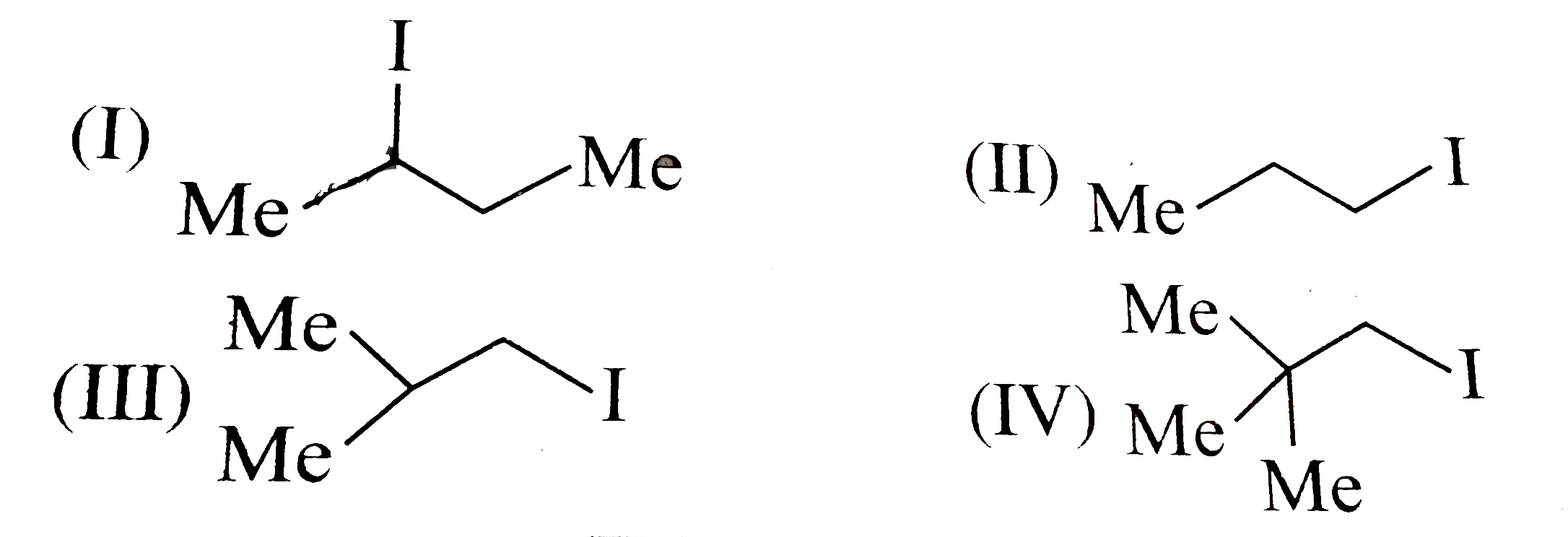 .04:34View Solution
.04:34View SolutionThe decreasing order of nucleophilicities of the following is :
(I) `Br^(Ө)`
(II) `MeO^(Ө)`
(III) `Me_2 N^(Ө)`
(IV) `Me_3 C^(Ө)`.02:35View SolutionThe decreasing order of nucleophilicities of the following is :
(I) `H_2 O`
(II) `EtOH`
(III) `MeCOO^(Ө)`
(IV) `overset (Ө) O H`
(V) `EtO^(Ө)`.02:23View SolutionThe decreasing order of the basic character of the following is :
(I) `F^(Ө)`
(II) `NO_3^(Ө)`
(III) `H_2 O`
(IV) `CH_3 OH`.02:51View SolutionThe decreasing order of nucleophilicities in `DMSO` (dimethylsulphoxide) is :
02:03View SolutionIn which of the following reactions, `SN^2` rate increases on changing the solvent from (95 % acetone + 5 % `H_2 O`) to (80 % acetone + 20 % `H_2O`) ?
03:34View SolutionIn which of the following reactions, retention of configuration takes place ?
(I) .
.
`(II) (A)+COCl_(2) to`
`(III) (A) +SOCl_(2) overset("Pyridine")to`
`(IV) (A)+COCl_(2) overset("Pyridine") to`04:41View SolutionNecessary conditions for Fiels-Alder reactions are :
03:12View SolutionWhich of the following compounds would undergo Diels-Alder reaction with dienophile (e.g., Maleic anhydride) ?
01:42View SolutionWhich of the following reaction would undergo Diels-Alder reaction ?
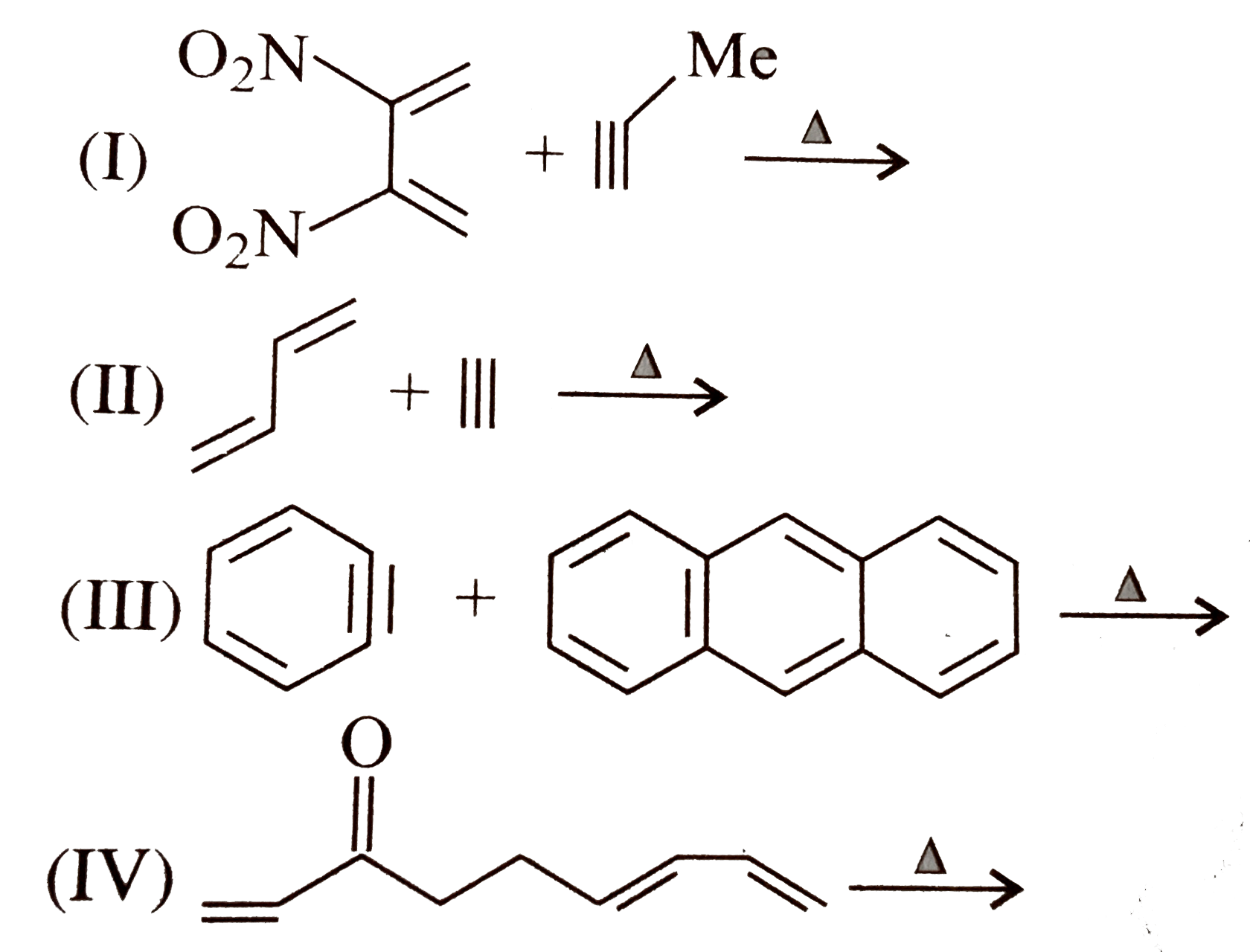 .02:13View Solution
.02:13View SolutionThe decresing order of reactivity towards `SE` (substitution by electrophile) of the following is :
(I) Nitrobenzene
(II) Chlorobenzene
(III) Toluene
(IV) Benzene.03:01View SolutionWhich of the following is a free radical susbtitution reaction ?
03:46View Solution
Reagent `I` and `II`, respectively, are :03:10View Solution
Which product is racemic in the above reaction ?03:26View SolutionConsider the following reactions.
05:18View SolutionWhich of the following is a non-aromatic compound ?
03:17View SolutionThe decreasing order of reactivity towards `ArSN` reaction of the following with `NaOMe` is :
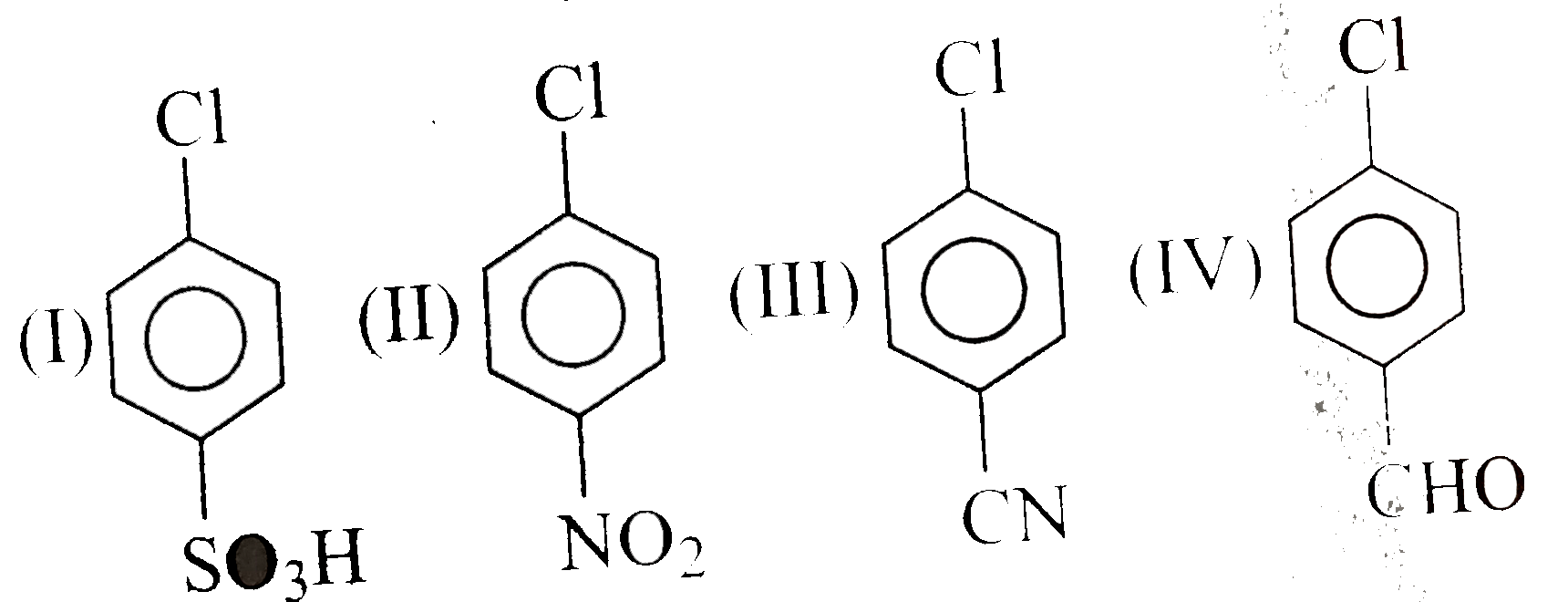 .01:42View Solution
.01:42View SolutionConsider the following reaction :
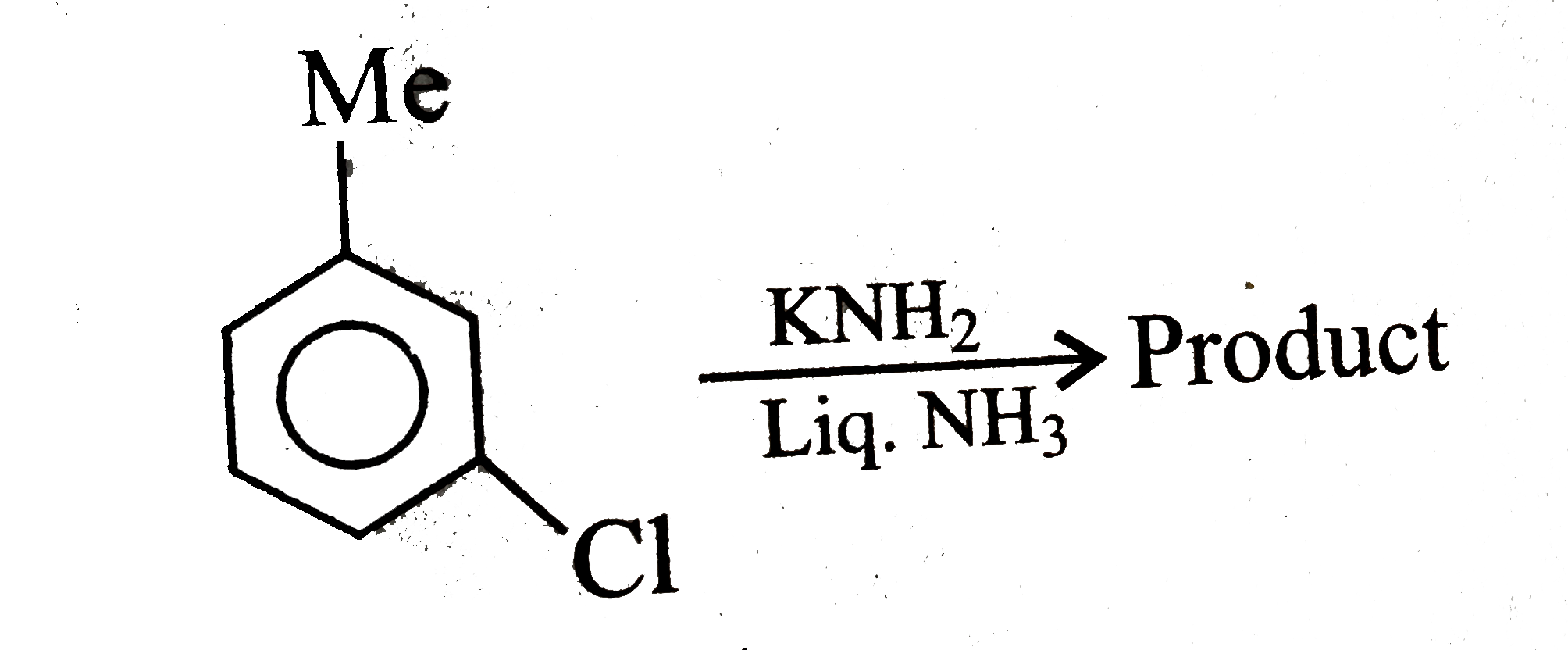
The product is :01:23View SolutionRefer to Q.No. 38 and find out which of the following statements is wrong ?
View SolutionWhich of the following is not a rearrangement reaction ?
04:47View SolutionArrange the following in the reactions order of `NA` (nucleophilic addition) reaction.
(I) `MeCOMe`
(II) `PhCOMe`
(III) `PhCOPh`
(IV) `PhCH_2COMe`.04:00View SolutionArrange the following in the decreasing order of nucleophilic acyl substitution reaction.
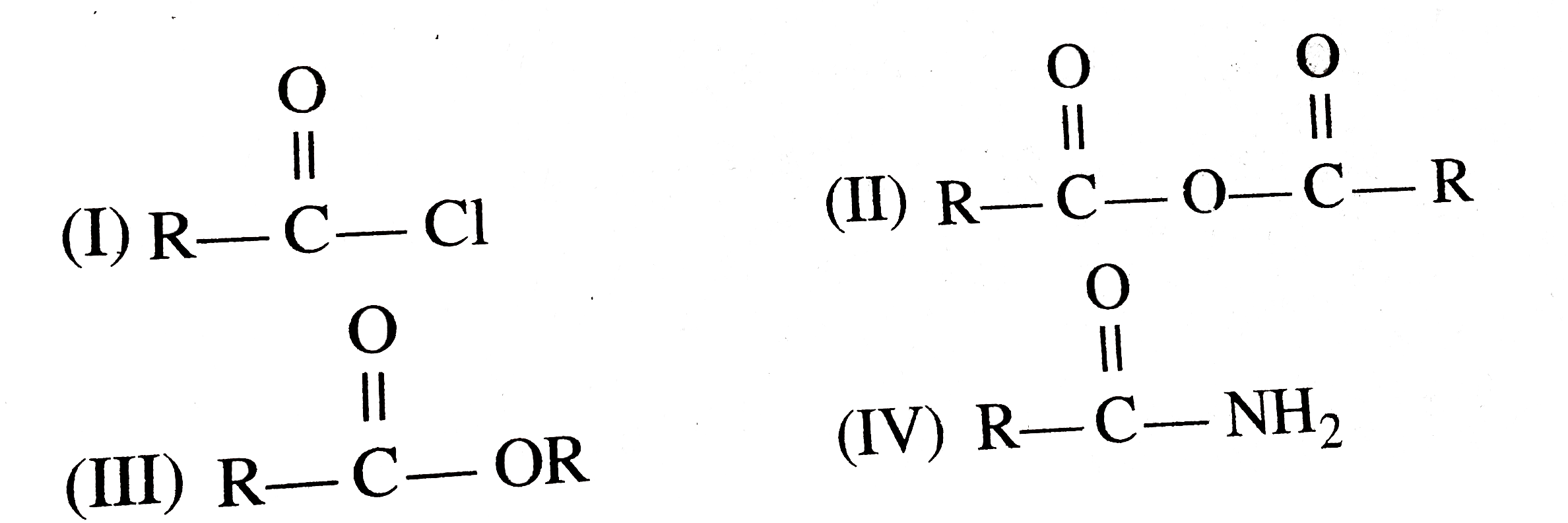 .01:29View Solution
.01:29View SolutionWhich of the following reactions will not give Hofmann alkene ?
02:59View SolutionWhich of the following is the best method for the preparation of compound cyclopentyl cyanide from cyclopentyl chloride ?
03:58View Solution
Which statement is correct about the above reaction ?04:23View SolutionAn alkyl halide of formula `C_6 H_13 Br` on treatment with potassium t-butoxide gives two isomeric alkenes dimethy butane. Isomeric alkene are :
03:01View Solution
(A) and (B) are :03:10View SolutionWhich of the following reactions would give trans-alkene ?
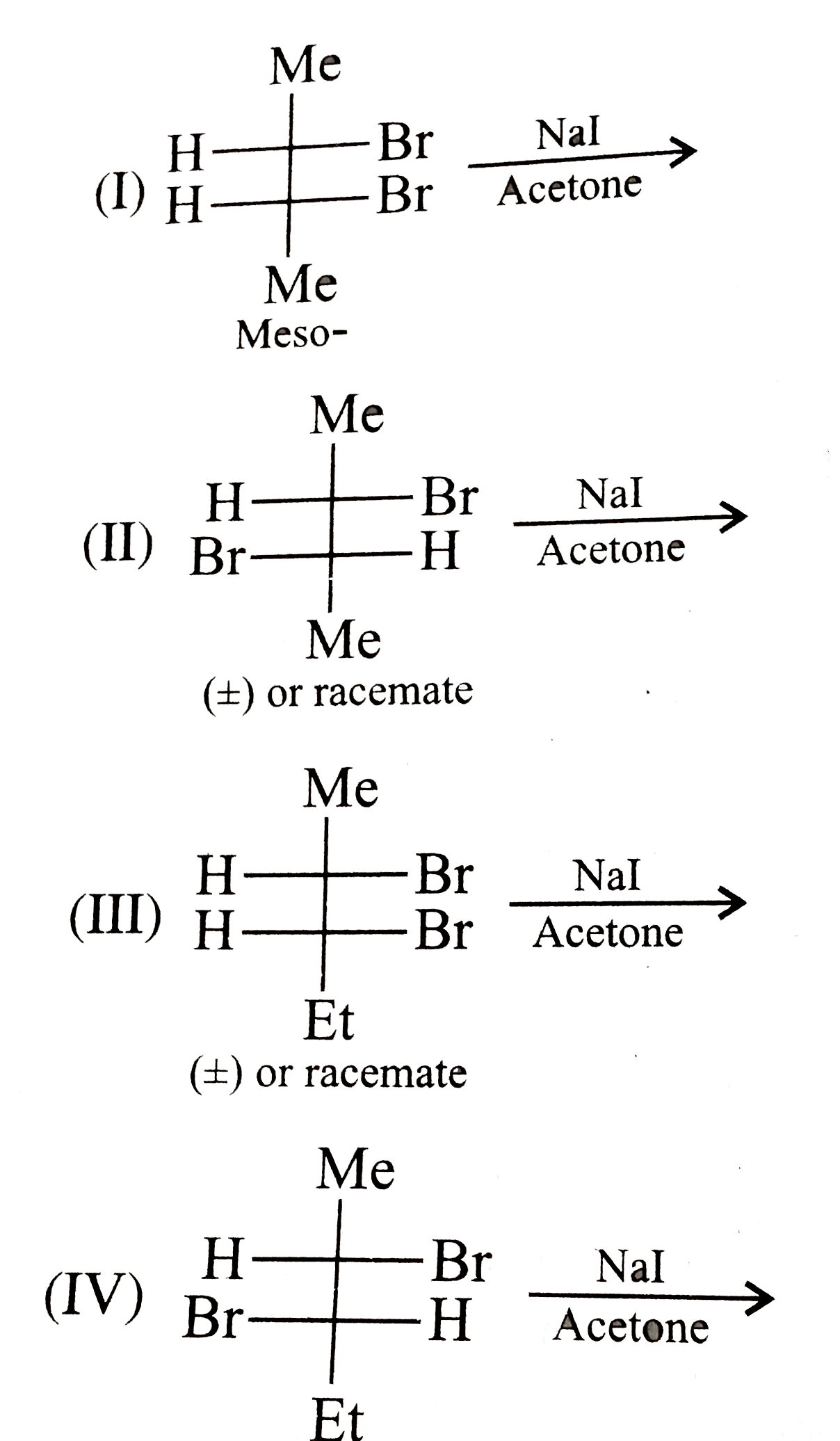 .View Solution
.View SolutionWhich of the following reactions is Hofmann elimination ?
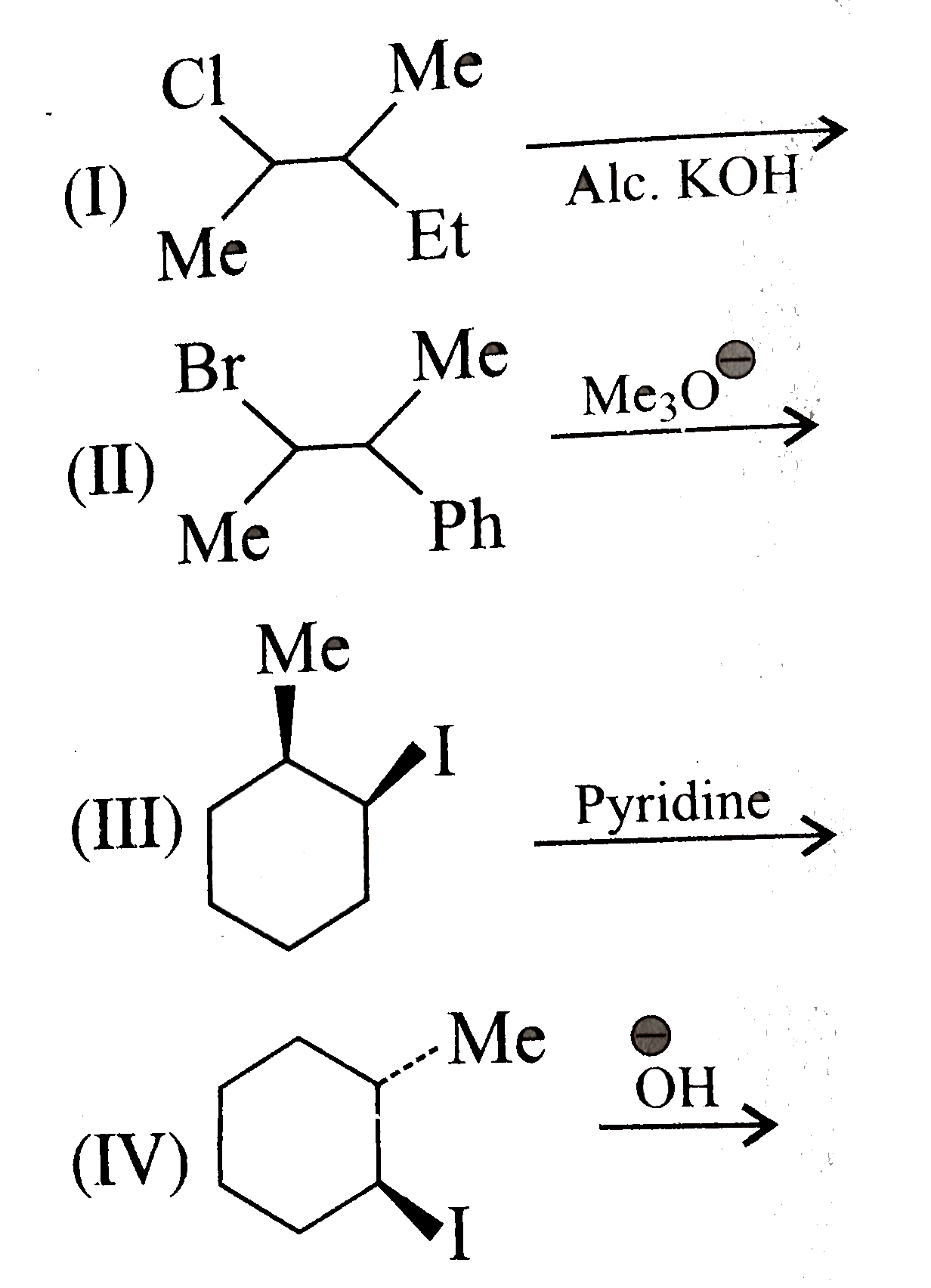 .03:06View Solution
.03:06View SolutionDraw the structure of the following compounds: cyclopropane.
01:39View Solution
Single correct questions and complete solutions for chapter ORGANIC REACTION MECHANISM of CENGAGE CHEMISTRY (ENGLISH) of Class 11
